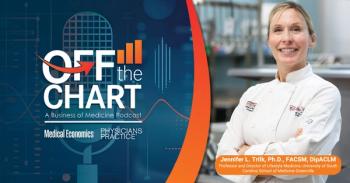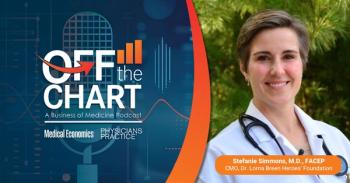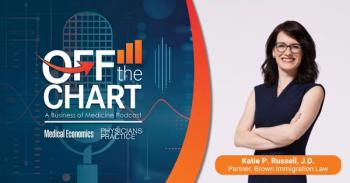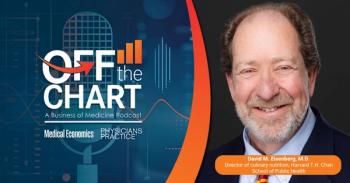
The Primary Care Shortage and ER Overcrowding
With projections of a primary-care physician shortage, this infographic from MHA @ GW explores the causes, effect, and possible solutions.
Brought to you by MHA@GW:
The Association of American Medical Colleges predicts that by 2020, the U.S. faces a shortage of more than 45,000 primary-care physicians. This, coupled with recent studies suggesting that Medicaid expansion under the Affordable Care Act may in fact
MHA @ GW, the online MHA degree program offered through the Milken Institute School of Public Health at the George Washington University, created this infographic to detail some of the major causes behind emergency room overcrowding, examine its effect on care delivery, and explore possible solutions.
Emily Newhookis the community relations manager for the online MHA program (MHA @ GW) and the online master of public health (MPH @ GW) offered through the Milken Institute School of Public Health at The George Washington University.
Newsletter
Optimize your practice with the Physicians Practice newsletter, offering management pearls, leadership tips, and business strategies tailored for practice administrators and physicians of any specialty.










